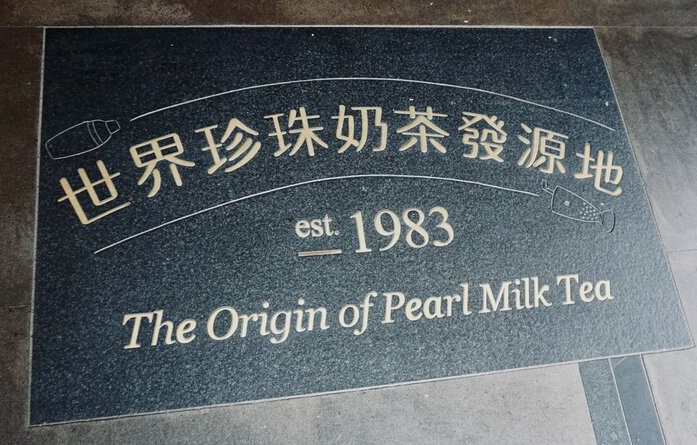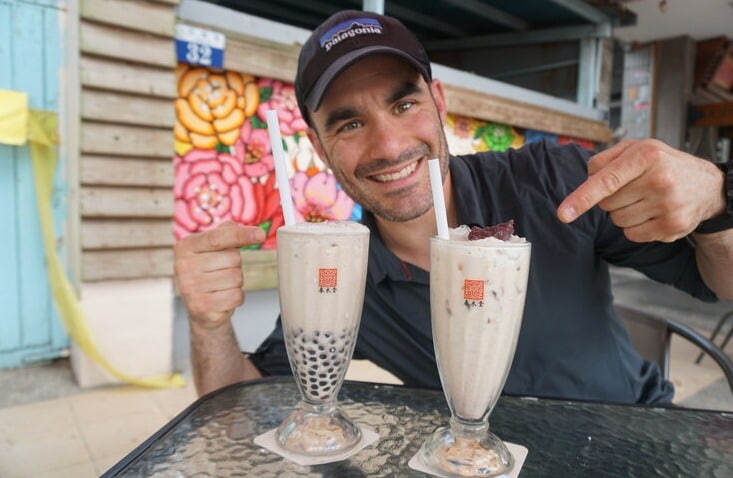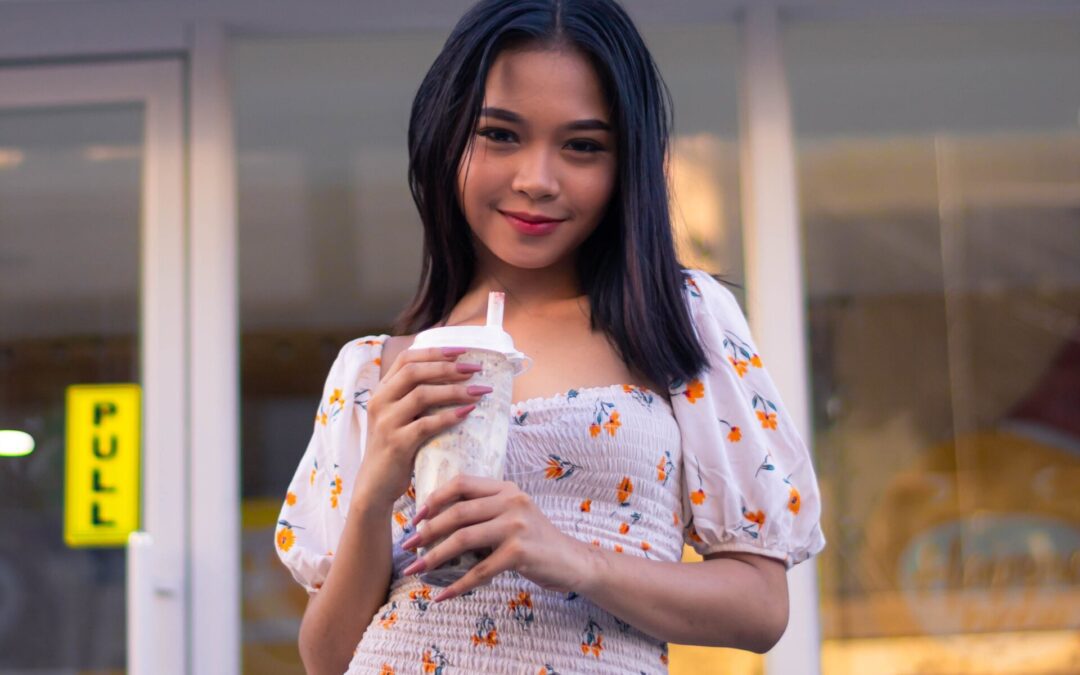Bubble tea – also known as boba tea, pearl milk tea, tapioca tea, boba nai cha, zhen zhou nai cha, black pearl tea, BBT, PT, pearl shake or momi milk tea – is to Taiwan what a classic double-double is to Canada.
The Birth of Bubble Tea
Bubble tea was introduced to Taiwanese in the early 1980’s but its true origin remains unclear.
-
One origin story says that tea stands were competing to offer the best tea to elementary school children after a long day of work and play. One concession owner became popular when she decided to add different fruit flavoring to her teas. To effectively blend the flavours, she needed to shake the mixture which created bubbles in the drink and came to be known as bubble tea (1).
-
It’s also been reported that in 1983, after founding Chun Shui Tang in Taichung, Taiwan, Han-chieh Liu started experimenting with cold tea drinks using a cocktail shaker (2). His chain claimed the invention of bubble milk tea at the end of the 80’s after his product development manager – Lin Xiuhui – mixed fen yuan, a sweetened Taiwanese tapioca pudding, with an Assam iced tea. This marked the first use of tapioca pearl in tea-based drinks (3).
-
Finally, Tu Tsung-ho, founder of Hanlin Tea Room, also claims to be the inventor of bubble tea. In 1986, he recalls having spotted some white tapioca pearls at a market and decided to pair them with milk tea.

Entrance of Chun Shui Tang Tea House in Taichung, Taiwan – 2018.
What is bubble tea?
Bubble Tea is an iced, sweet and refreshing drink that contains tapioca pearls at the bottom. It comes in many flavours and is available under two different formats:
-
A fruity, iced tea, made of fresh fruits, tea, and crushed ice. Real fruits are sometimes replaced with powders and syrups to reduce the cost of production. Many flavours are available but the most popular are green tea, strawberry, lychee, jasmine, honeydew melon, and passion fruit.
-
A milkshake-like tea that combines tea, milk, powdered flavoring, creamer, water, and crushed ice.
It is usually served in an airtight plastic cup sealed with an automated sealing machine. An extra-wide straw is indispensable to the experience, both for sipping the different toppings, and to break open the cup’s seal.

Trying some Bubble Tea at Chun Shui Tang in Taichung
We tried the original Pearl Milk Tea (on the left) and Pearl Milk Tea with a red bean paste (on the right).
What is tapioca?
Tapioca balls are usually black but can also be white or transparent. The white and translucent pearls are simply made of starch from the cassava root. The black pearls get their color from the addition of brown sugar and caramel. They are sold dry, and need to be boiled for 30 minutes, and cooled for another 30 minutes. If too squishy, they will stick together at the bottom of the cup. Too hard and they’ll be impossible to chew. “QQ” – which means a springy, chewy or squishy texture in Taiwanese – is used to describe the perfect consistency, which is comparable to a gummy bear texture.
Other toppings such as green tea jelly, aloe jelly, egg custards, jelly made from fermented coconut water, grass jelly, and sweetened red beans, can also be used instead of tapioca.
How did bubble tea get its name?
Did it get its name from the tapioca balls that sit at the bottom of the drink or from the bubble created when the different flavours are added to the tea and mixed all together? Who knows, it might be both, but one thing for sure is that its nickname BOBA – a reference to the spherical shape of the tapioca balls – is derived from the slang term for breasts in Chinese.
Sarah + Chris
Have you been embracing the bubble tea trend and if so, what is your favorite flavour? Let us know in the comments below.


